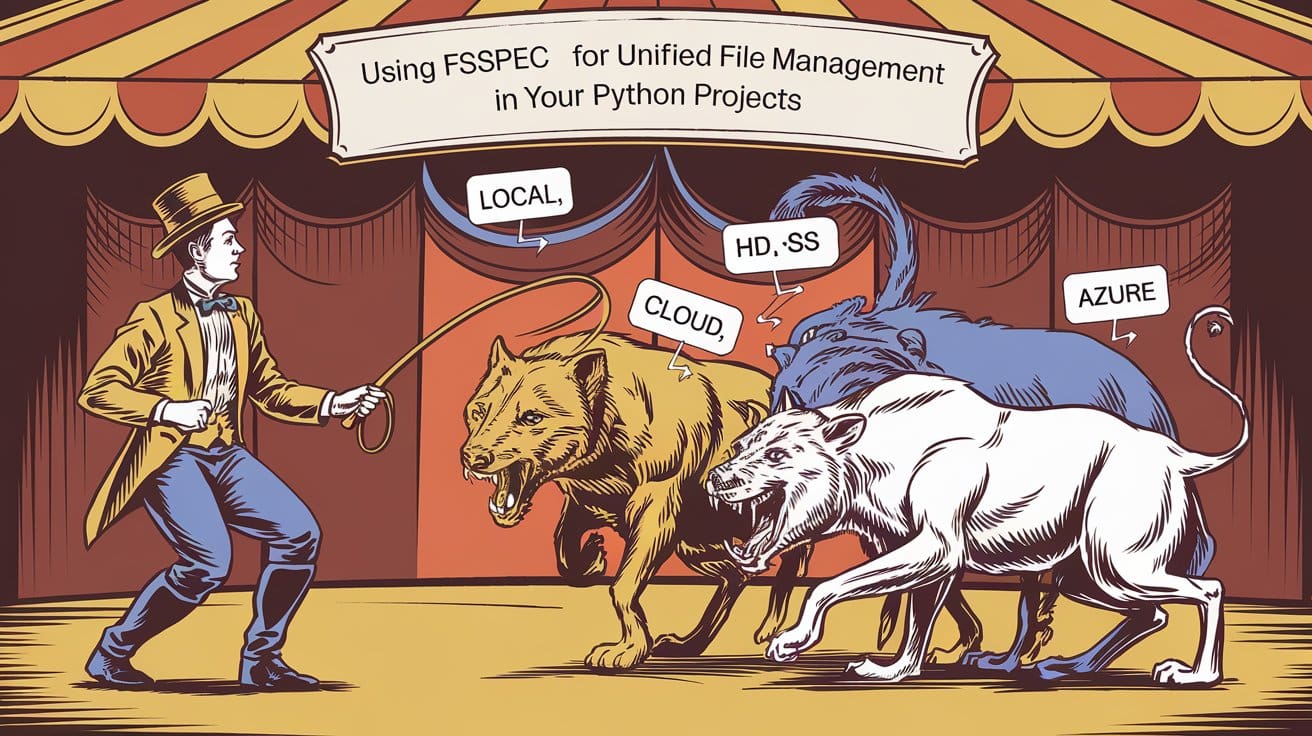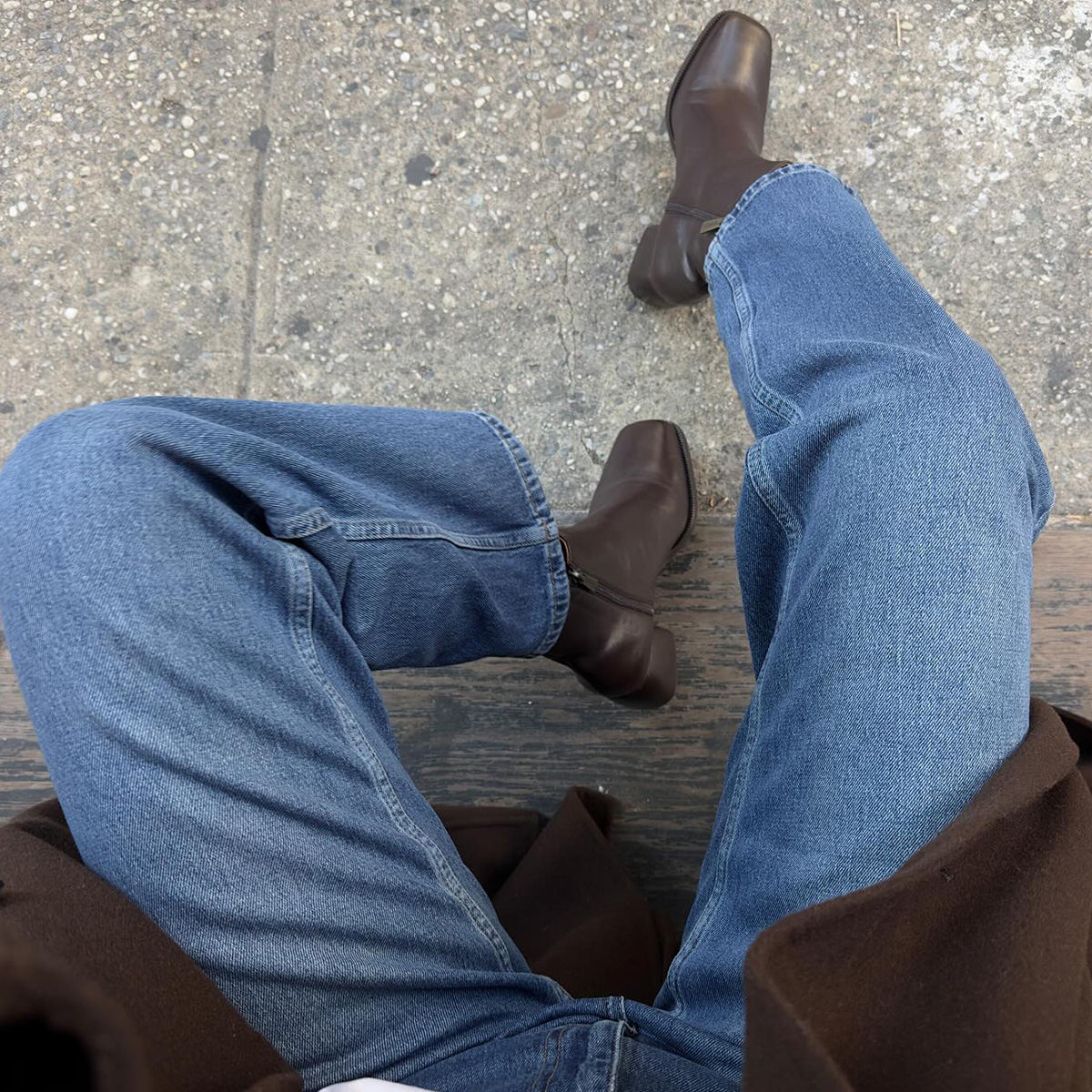How Trump will hide his anti-democratic politics in plain sight
When I was researching my book on anti-democratic politics, I found a striking pattern in modern incarnations of it — that these movements, almost uniformly, claim their most aggressive anti-democratic policies are actually defenses of democracy. While Donald Trump worked to overturn the 2020 election, for example, he insisted that he wasn’t trying to steal […]


When I was researching my book on anti-democratic politics, I found a striking pattern in modern incarnations of it — that these movements, almost uniformly, claim their most aggressive anti-democratic policies are actually defenses of democracy.
While Donald Trump worked to overturn the 2020 election, for example, he insisted that he wasn’t trying to steal an election — but rather to “stop the steal” Joe Biden had already pulled off.
When Trump returned to power this year, I expected to see the same rhetorical maneuver deployed to justify his inevitable power grabs. And indeed, many of Trump’s Day 1 executive orders did exactly this.
Take, for example, Trump’s revival of Schedule F — a move that, in theory, could allow Trump to fire tens of thousands of nonpartisan civil servants and replace them with MAGA cronies. Such a move would be a serious threat to democracy, in that it would consolidate key powers of state in the executive’s hands in a manner that proved crucial to the rise of elected authoritarians like Hungary’s Viktor Orbán.
Yet in the text of the order, Trump sells the move as a vindication of democratic principles. Because the president and vice president are the only executive branch members “elected and directly accountable to the people,” they must be able to assert greater control over civil servants “to restore accountability to the career civil service.”
The same is true of other executive orders that might aid in Trump’s efforts to consolidate power.
An executive order on “restoring freedom of speech and ending federal censorship” does not provide any concrete protections against abusive surveillance or internet control practices. It does, however, order the attorney general to set up an inquiry into Biden administration policies that could serve as a pretext to harass and dismiss federal employees who don’t share Trump politics.
An order claiming to combat the “weaponization” of the federal government similarly does very little to prevent Trump from, for example, ordering the attorney general to investigate his political enemies or the IRS to audit them. In fact, it lays the groundwork for two separate probes into Biden administration policies that could end up targeting both federal employees and private citizens.
Another personnel order, billed as a means of making the government “properly accountable” to “the American people,” imposes greater political controls on the Senior Executive Service (SES) — an upper rung of the civil service. Among other things, it dismisses everyone currently serving on the executive resources boards that oversee hiring into these positions, and requires that the boards be restaffed with a “majority” of “noncareer officials” — meaning, most likely, Trump political appointees.
Going forward, Trump will almost assuredly not do anything as blatant as abolishing elections. Instead, every move will be given a democratic defense, every power grab described as a victory for the American people against the “deep state.”
The aim is to make the reality of the situation into just another partisan debate, where Trump says one thing while Democrats (and the media) say another. The erosion of core democratic principles, like separation of powers and political noninterference with government functions, will appear to many like a perfectly normal part of democracy.
The American origins of veiled authoritarianism
In the book, I argue the practice of describing anti-democratic politics as true democracy is quintessentially American — almost as old as the republic itself. John C. Calhoun, a towering figure in early 19th-century politics, did more than anyone to develop it.
Calhoun defined his politics in libertarian terms, holding that “government has no right to control individual liberty beyond what is necessary to the safety and well-being of society.” However, Calhoun’s belief in the natural inferiority of some people — especially Blacks — meant that he believed it was right for the state to exercise “absolute and despotic power” over some people “in order to preserve society against anarchy and destruction.”
Calhoun’s argument, and those of his pro-slavery contemporaries, directly and self-consciously echo European feudal arguments about the natural inequality of humanity. Indeed, Alexis de Tocqueville observed that the antebellum American South functioned very much like a continental aristocracy (in contrast to the more authentically democratic North).
But because Calhounites could not openly argue for the virtues of an authoritarian worldview in a country that saw itself as an outpost of republican liberty, they developed strategies for masking authoritarian ideas in liberal-democratic argot. Slavery was not a form of arbitrary and authoritarian rule, but an ancient liberty that the white race deserved to exercise. Banning abolitionist newspapers wasn’t a restriction on free speech, but instead a defense of the South’s peculiar freedoms from Northern cultural dominance.
This practice outlasted slavery, with the Jim Crow South developing a new rhetorical facade designed to justify the creation of state-level authoritarian enclaves in democratic terms.
The global spread of American-style authoritarianism
As democracy became ideologically dominant around the world, similar practices became popular globally.
Today, its most sophisticated practitioners are elected executives who have worked to take down democracy from within — people such as Orbán, Benjamin Netanyahu, and Narendra Modi.
Orbán describes his political project, which in reality is the construction of an authoritarian kleptocracy, as an attempt to wrest back control of Hungarian democracy from Eurocrats in Brussels — with specific tactics, like restricting LGBT speech on television, being sold as an extension of the Hungarian people’s will.
When Netanyhau attempted to impose political controls on Israel’s judiciary in 2023, removing the sole formally independent check on his majority’s power, he argued that he was merely reasserting the people’s control over unelected branches.
And when Modi introduced a campaign finance reform in 2017, claiming it would clean up Indian elections, it turned out he had actually created a system for corruptly funneling cash to his own party.
As the Trump administration progresses, it is essential to resist this tactic: to insist that when Trump takes objectively anti-democratic actions, that his claims to be on democracy’s side are simply not credible.
This is not an easy thing to do. It requires restructuring the way we think about politics and public debate in the United States, and to whom we grant credibility and why. But it is essential if we wish to understand the true nature of the threat to democracy going forward.
What's Your Reaction?
































.jpg?width=1920&height=1920&fit=bounds&quality=80&format=jpg&auto=webp#)


















































